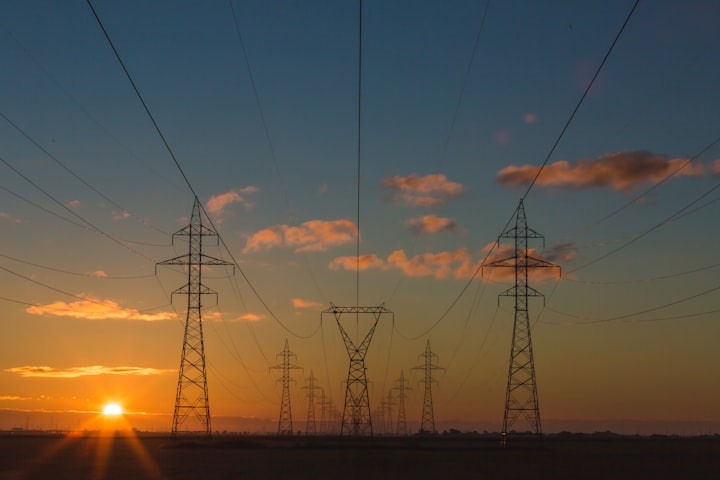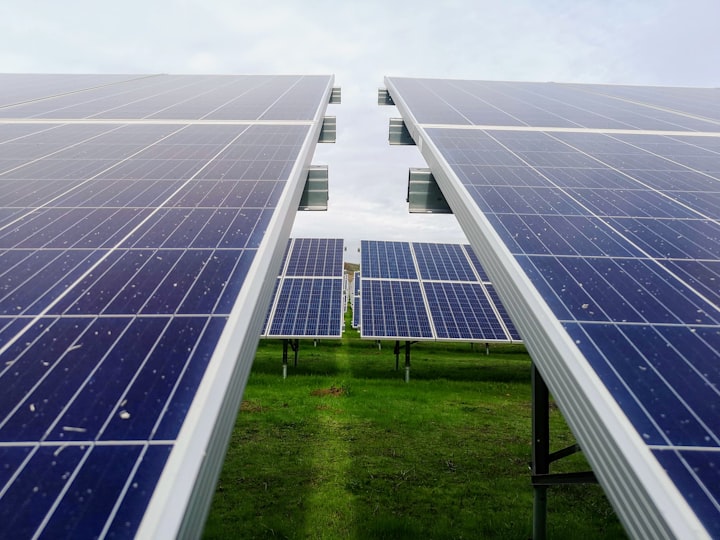Understanding the Electrical Grid
An article about how we power our homes

Have you ever wondered how electricity gets from the power plant to your house? You probably know that it is generated at a power plant and that it travels through electrical lines. However, these are only a couple of points in the process. There is a whole system of electrical equipment involved in transporting the energy from the power plant to your home so that it is ready for you when you switch on a light or another electrical appliance. Collectively, the system is called a grid. Here is an overview of the different components of the electrical grid and the role that each has to play in delivering electricity to your home.
1. Generator
The power plant is the place where electricity is made, but the generator is the device that actually accomplishes the task. The generator converts mechanical energy into electrical energy via the movement of a turbine. There are several power sources used to move the turbine to produce the mechanical energy needed to power electromagnetic induction that takes place inside the generator. Coal, natural gas, nuclear energy, wind power, and solar power are all used to move the turbine.
2. Transformers
To make the long journey from the power plant to your home, the electricity's voltage must be increased. Devices called electrical transformers increase the voltage so that the electricity can travel where it needs to go. However, this high voltage would be far too powerful for use in your home. Therefore, there are also smaller transformers in your neighborhood that reduce the voltage before transferring the electricity on to your home. Sometimes these are contained in big green boxes on the ground; other times they are mounted on electrical poles.
3. Transmission Lines
Transmission lines stretch across the country, allowing the electricity to travel long distances to get where it needs to go. These are heavy-duty power lines that have the capacity to handle high voltages. To meet the demand for electricity around the country, electrical systems across the United States are now interconnected, in part through high-voltage transmission lines.
4. Substation
The electrical grid consists of two smaller systems: the transmission system and the distribution system. The transmission system involves transporting electricity over long distances, while the distribution system involves sending it to homes and businesses over a small, specific area. The substation is the point where the transmission and distribution systems meet and interface with one another. The substation contains transformers that can either increase or decrease the voltage. For example, when the electricity is coming over transmission lines for distribution to your home, it first passes through a substation where transformers lower the voltage.
5. Distribution Lines
Distribution lines are smaller than transmission lines and can only handle low voltages. While transmission lines stretch cross-country, distribution lines are confined to a single community. Some are mounted up in the air on poles while others run underground.
6. Meter
After passing from the distribution lines into a smaller transformer that lowers the voltage to the required level, it travels through wires to your home. On the way, it passes through a meter mounted to the exterior that measures how much electricity is in use on the property. This tells the power company how much money to charge to your monthly bill.
7. Service Panel
From the meter, the electricity goes to a service panel somewhere in your home, usually in the garage or basement. There are different types of service panels: Some use circuit breakers while others use fuses. Their function is to send the power to the desired area of the home and also prevent the home's electrical system from becoming overloaded. From that point, the electricity travels from the service panel through wires contained in the walls to the different outlets and switches throughout the house.
If all goes well, electricity is always available when you need it. However, sometimes the demand for power outstrips the supply, causing power failures. Some power is usually held in reserve at the power plant to compensate for this. The individual components of the grid can sometimes break down, which can also disrupt the flow of electricity to your home.
About the Creator
Paisley Hansen
Paisley Hansen is a freelance writer and expert in health, fitness, beauty, and fashion. When she isn’t writing she can usually be found reading a good book or hitting the gym.






Comments
There are no comments for this story
Be the first to respond and start the conversation.